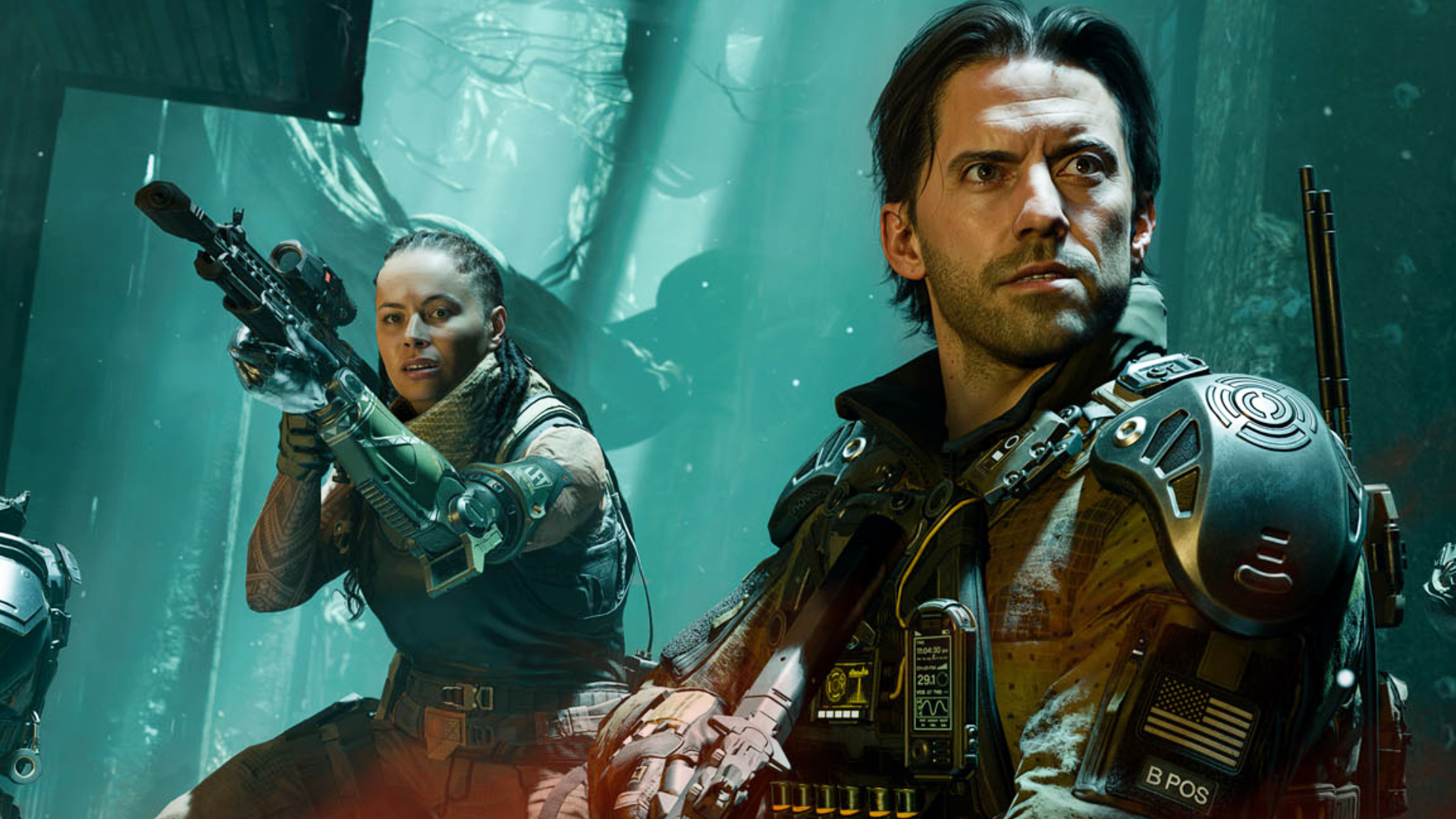After Doom Eternal's intense acrobatics, Doom: The Dark Ages will focus on simplified, ergonomic controls: 'You shouldn't be fighting the controls, you should be fighting the bad guys'
The vibes are as Doom as ever, but the core combat loop will centre around three buttons.
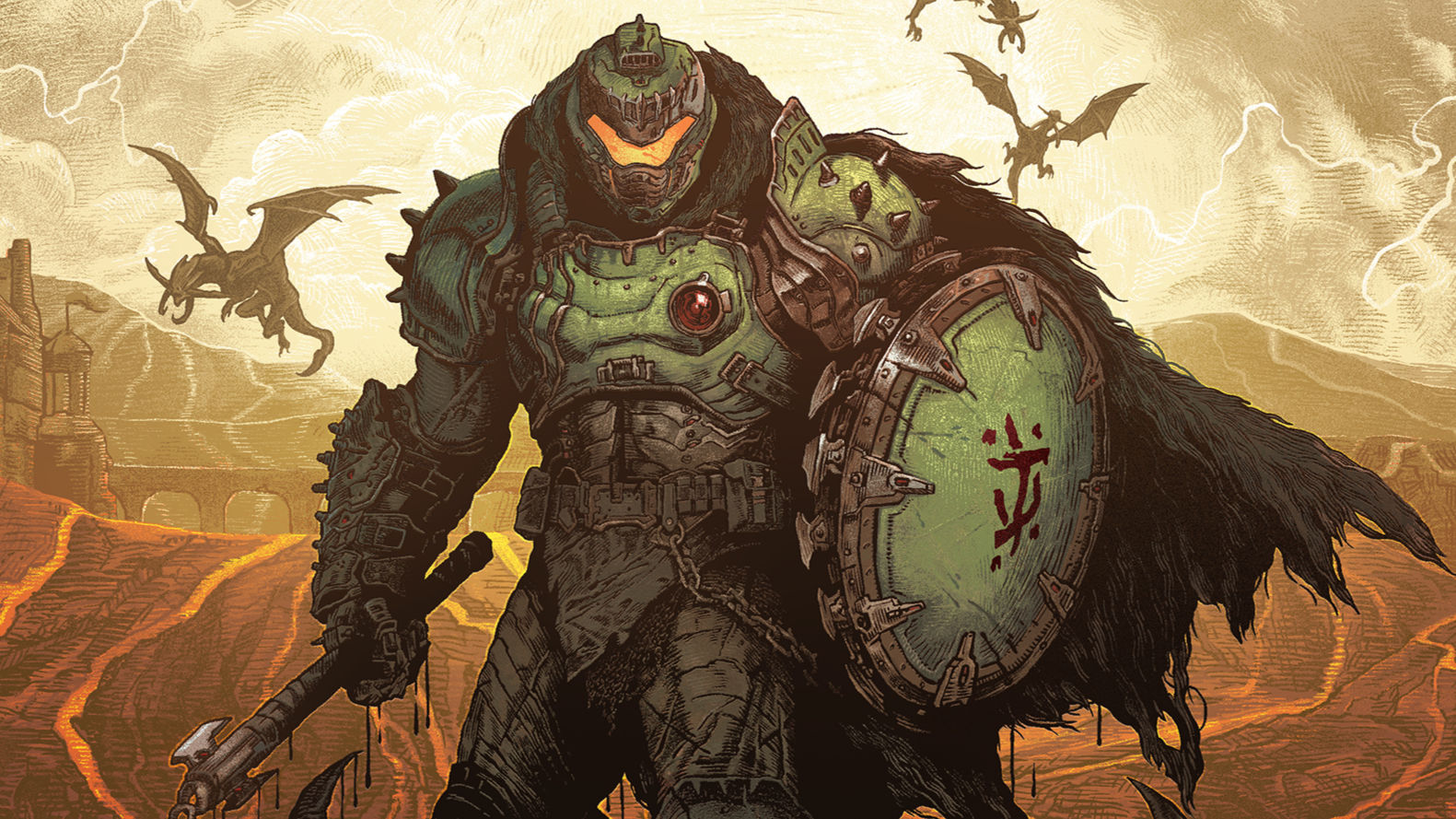
There are two key things to take away from Doom: The Dark Ages' showing at today's Xbox Developer Direct. The first: a release date. id Software's prequel story will be with us in just a few months, on May 15. The second: a mission statement. "In Doom Eternal, you felt like a fighter jet. In Doom: The Dark Ages, you'll be an iron tank," said game director Hugo Martin.
Since the 2016 reboot of Doom, players have been challenged to jump around arenas in a constant acrobatic showcase—always moving, often jumping, always cycling through a tool suite designed to replenish resources and keep you in the fight, constantly on the attack. In Doom Eternal this combat loop was taken to the extreme. For some this was a natural progression. For others it was all just a bit too much.
The Dark Ages, then, promises to be more grounded—not necessarily slower, but less reliant on acrobatics. In the showcase, id shouts out the original Doom games—throughout what's shown, the Doom Slayer is boots on the ground, circle-strafing to dodge projectiles with not a jump pad in sight.
The new Shield Saw is emblematic of this shift. It's a shield, letting you block, parry and deflect attacks, giving you scope to mitigate damage instead of being forced to avoid it. It's also a chainsaw that you can throw Captain America style at a pack of demons. "With your shield and the parrying capabilities, you kind of push forward into these combat encounters where you're getting mano a mano with a heavy demon—something badass," says executive producer Marty Stratton in a Q&A session with press ahead of the Developer Direct showcase. "It's launching attacks at you, you're parrying them away. It really does have this stand-and-fight, melee, use your guns as additional ways to burn him down. And then you push forward to the next one … It feels totally fresh and new."
It quickly becomes clear that the new pace represents a major shift for how the modern Doom series plays. During the Q&A, game director Hugo Martin highlights "responsive and ergonomic" controls as being one of the core pillars of The Dark Ages' design. The Shield Saw, for instance, is a contextual tool—its actions stemming "all from one input."
"The buttons that are critical to me as a player when you play Doom: The Dark Ages are buttons that I'm familiar with, that my fingers happen to be on," says Martin. "When people get stressed, they tend to squeeze the controller. That's usually when a demon is pressuring them and is close to them. Well when you squeeze the controller—mouse and keyboard is obviously separate—you're going to press down on the right thumbstick. Well that's a critical part of your arsenal: the melee. The left trigger is something that's very familiar with people, and that's where all the shield play is on. And obviously the trigger for the guns, the right trigger. These are buttons and inputs that are really familiar to people. We focused on those this time, just so you could master the control scheme faster and we can ask more of you sooner."
And look, I'll admit this has me worried. I am a 40-year-old PC gamer. I was raised in the fires of keyboard elitism—every possible action having its place, each game requiring new muscle memory to develop. I am never happier than when I get to press Q to lean left. And so a major combat tool—one that can parry, block and attack—being entirely triggered through a single button press feels like a major limitation. In the heat of the moment, as the demons are pushing in, will the game always correctly interpret what I meant to do when I press that button?
Keep up to date with the most important stories and the best deals, as picked by the PC Gamer team.
If Doom Eternal pushed the speed and acrobatics to the point of being too intense for some players, is The Dark Ages swinging too far in the other direction?
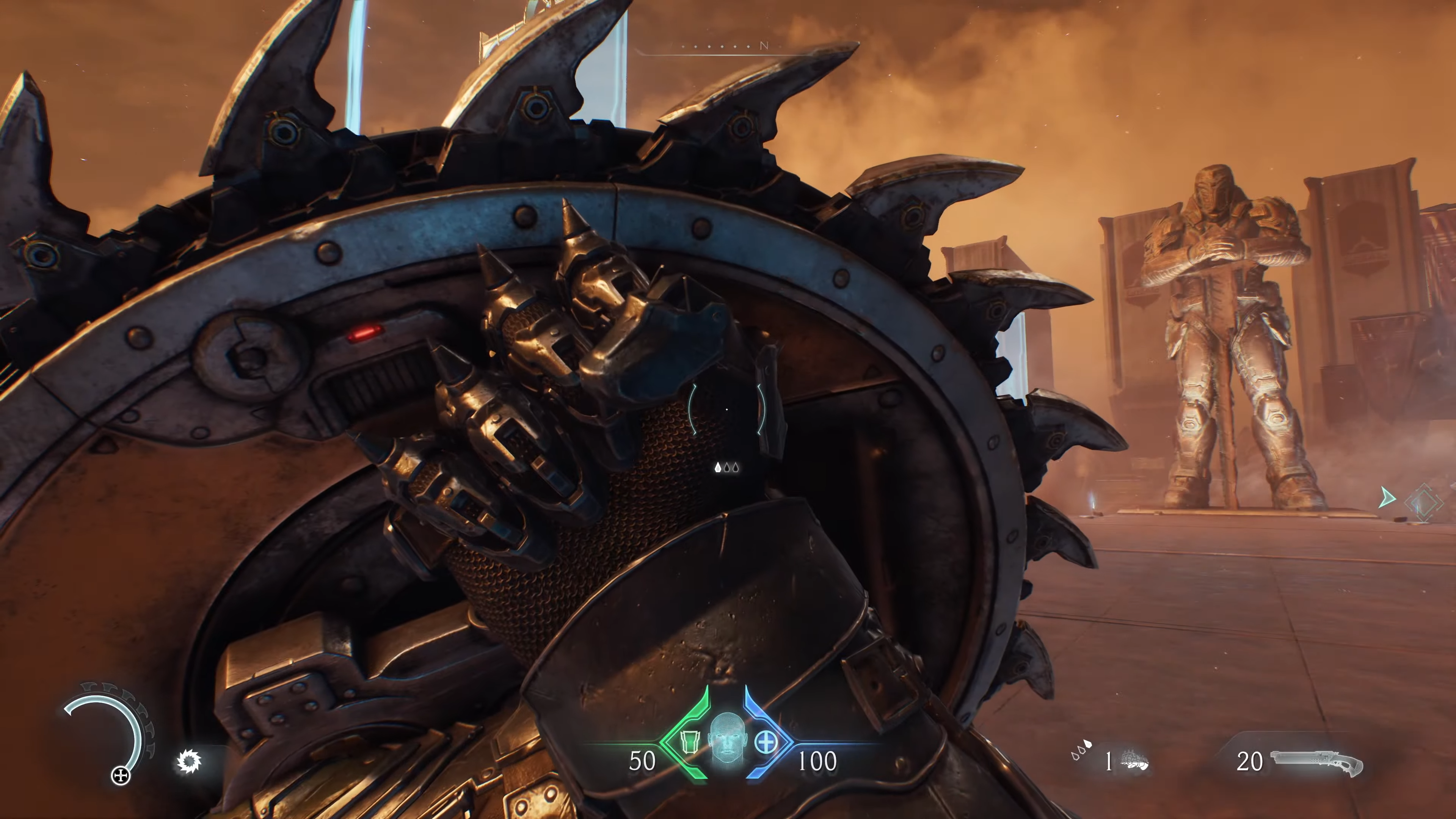
id's pretty emphatic that the game is still true to Doom's essence. When asked if the heavier focus on accessibility will take away from the Doom experience, Martin gives an emphatic "No."
"'Accessible' taken the wrong way means 'easy', says Martin. "Challenge matters in games and it's a part of engagement. But it's really about making it simplified. Every great product is simple and easy to use, and that allows the user to do more with it. I use this analogy: in the '90s they had MP3 players and they were really complex looking … everything looked like it was out of the Nebuchadnezzar from the Matrix and they were really cool. And then Steve Jobs made the iPod and it was just a box with a circle on it. But no one could say it wasn't smart and intelligent and had a tremendous amount of depth—in fact it had more depth. Because as we simplify the control schemes everything gets easier to use and I can ask more of you.
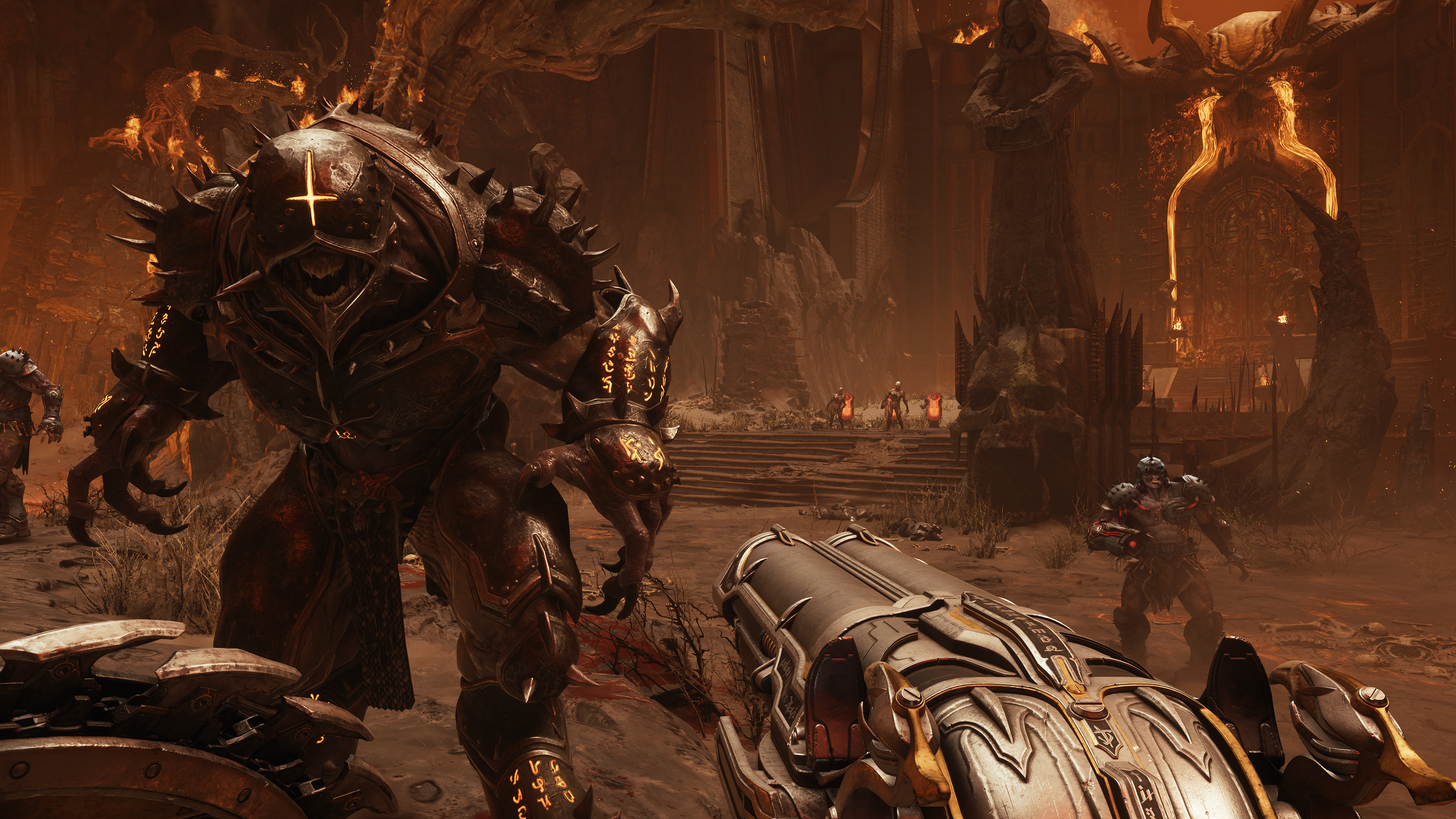
"If you have too many buttons to press then I can't really press you as the designer because you're searching for the right button to hit. But if I streamline things—and I have fewer strings on the guitar and it's a truly ergonomic control scheme that's intuitive to the player, then we can ask a lot of you. Accessibility is about streamlining the experience and making it more ergonomic and really just simplifying it for the player … You shouldn't be fighting the controls, you should be fighting the bad guys."
It's not a mentality I particularly agree with, but it's still one that could work out in The Dark Age's favour. The crucial part here is id Software nailing this idea that a more simplified control scheme can give them the scope to ask more of the player elsewhere. It's the biggest unknown for me in a showcase that, otherwise, feels like some classic Doom bombast. The look, the sound, the cacophony of the weapons all scratches a very specific itch that the series consistently nails—this time with an appropriately medieval twist. Martin compares the new arsenal of weapons to "torture devices" as a direct response to this game's theme. Shout out to the Rail Spike, finally giving Doom a way to pin enemies to walls. It all looks and sounds appropriately brutal; appropriately metal. Everything on show here screams Doom.
The levels are bigger too, incorporating more sandbox environments. id stresses that it's not an open world game and remains a linear shooter, but within the larger environments you'll be able to head off in different directions to hunt down loads of secrets and things to power up the Doom Slayer. Stratton calls the environments "a dramatic expansion for our worlds"—and there are some clear big setpiece moments thanks to the addition of a giant mech you can pilot and a dragon you can fly around on. The vibes are on point.
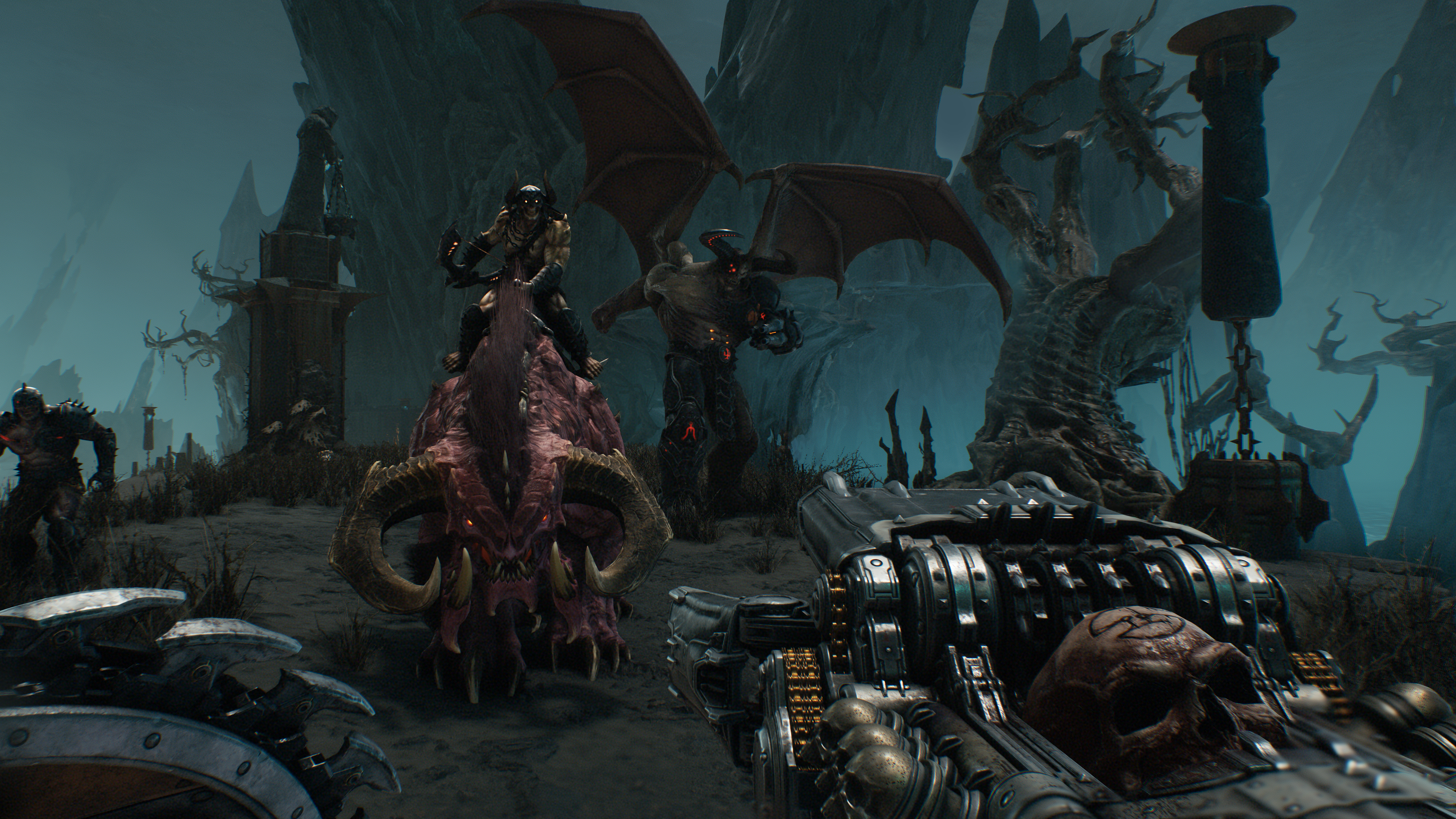
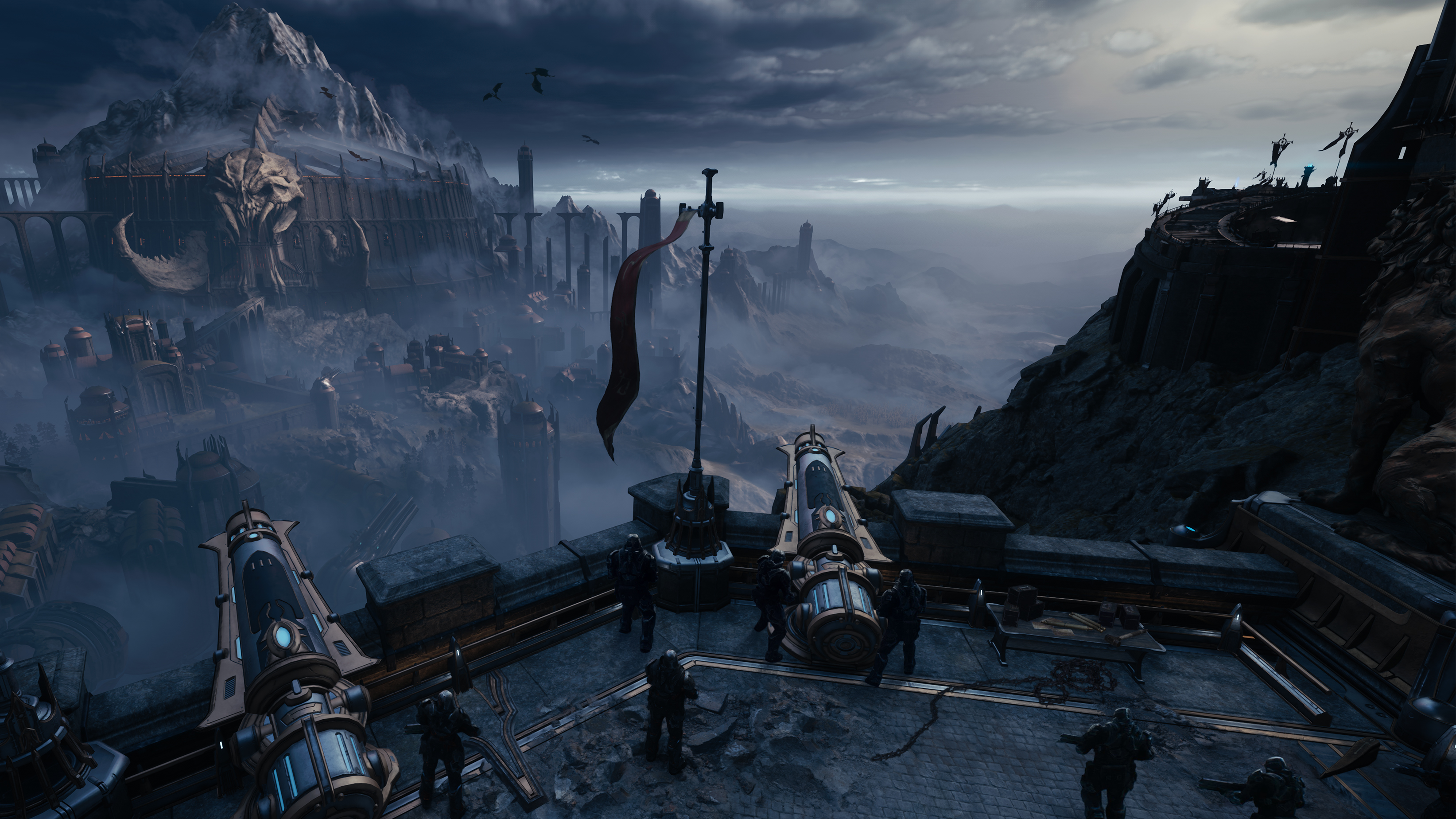
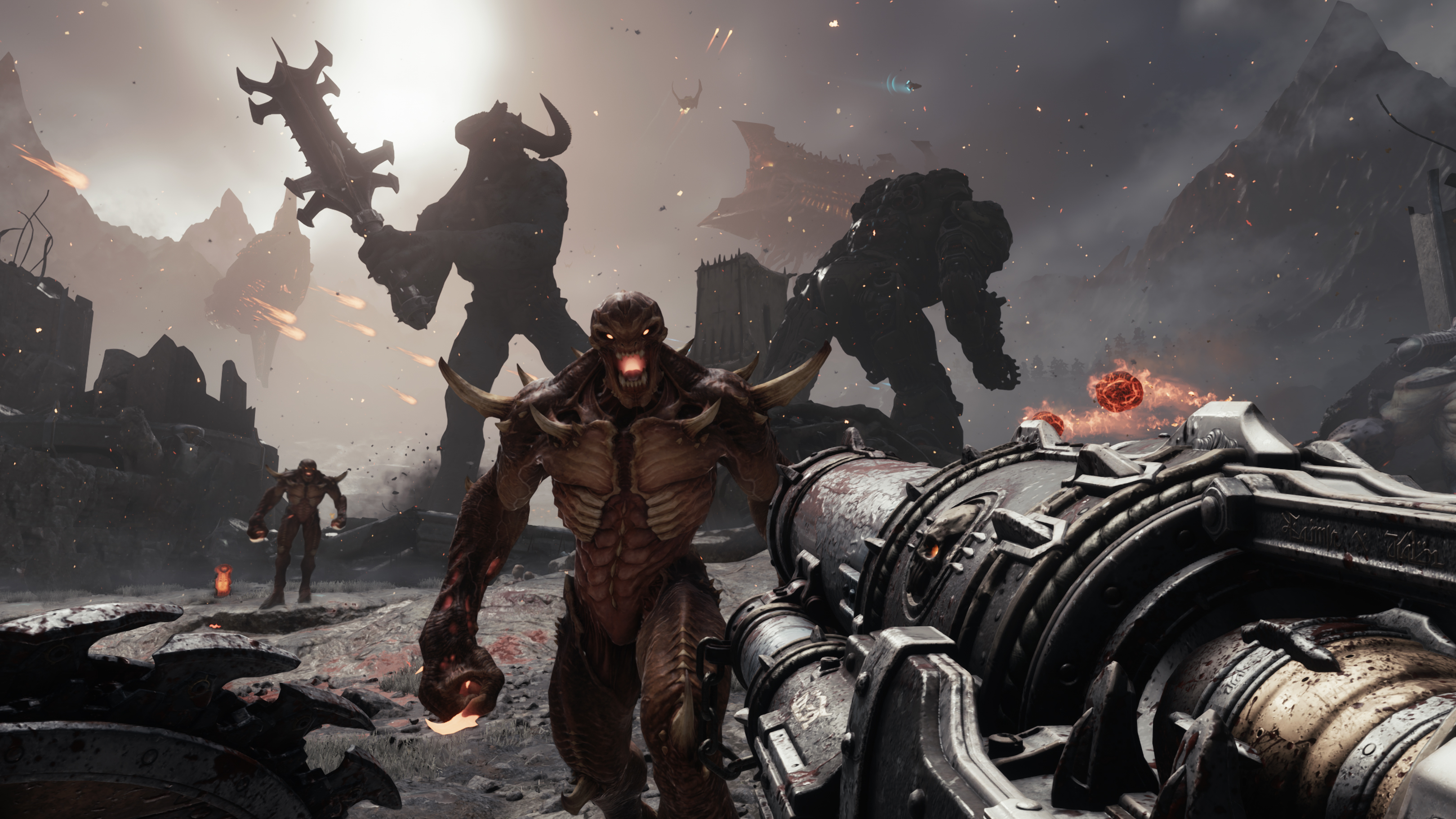
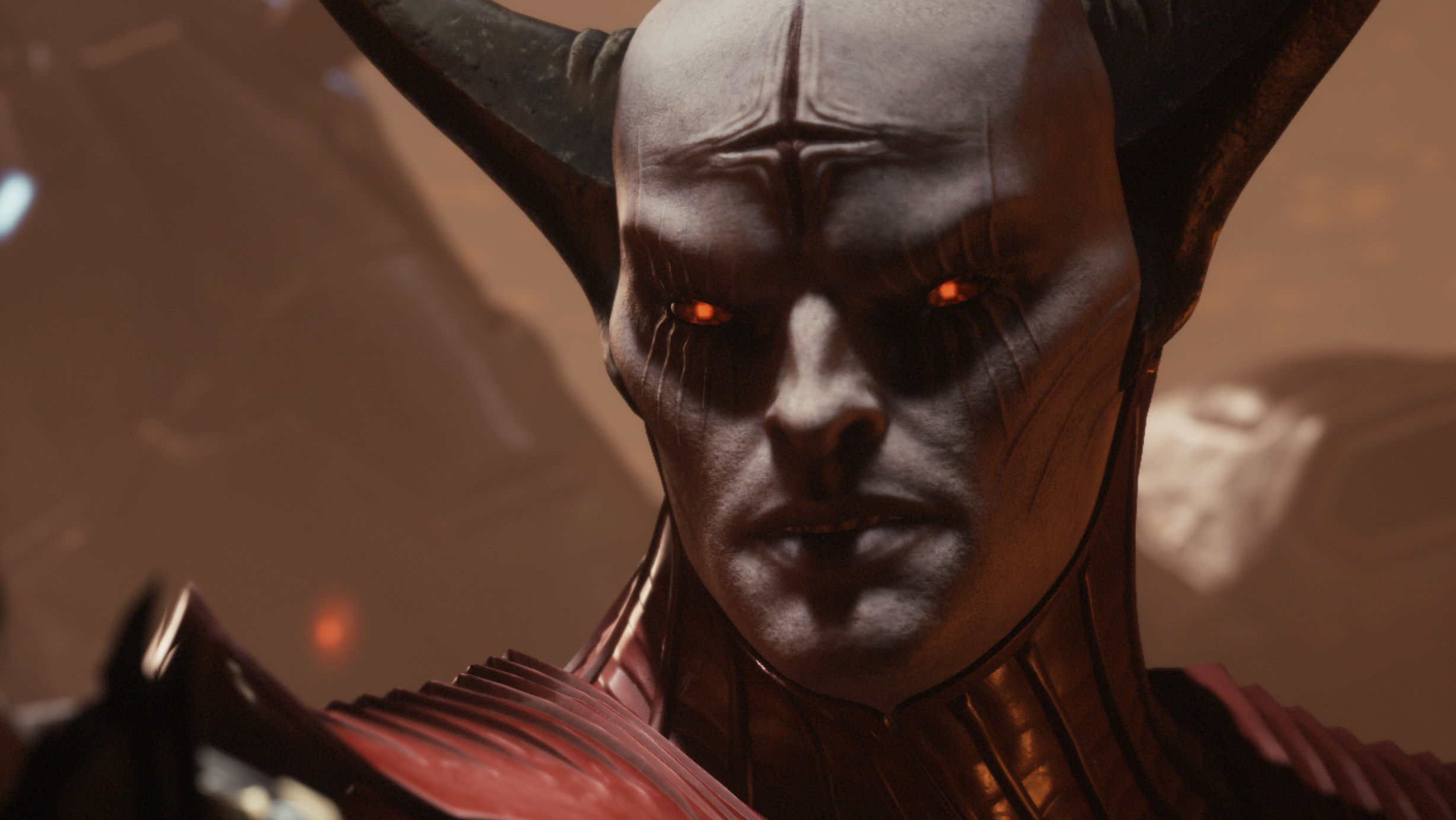
Even the rhythm of the action does look appealing. There's a nice heft to the parries and deflections—you can tell it's going to feel good to engage in that combat loop. The Dark Ages is also modifying glory kills, replacing the locked-in-place animations with something more natural and in-the-moment, which is a sensible choice for a game that focuses more on strafing and ground positioning.
So while I do have some doubts and concerns, they're not quite enough to dampen my excitement. id Software has proven itself already with the Doom series—the 2016 game is up there alongside some of my favourite shooters. But the idea of a three-button core combat loop does feel restrictive—it'll be crucial for id to nail the challenge elsewhere, through enemy ability design and combat density. For now, I'm remaining cautiously optimistic the gambit will pay off.

Phil has been writing for PC Gamer for nearly a decade, starting out as a freelance writer covering everything from free games to MMOs. He eventually joined full-time as a news writer, before moving to the magazine to review immersive sims, RPGs and Hitman games. Now he leads PC Gamer's UK team, but still sometimes finds the time to write about his ongoing obsessions with Destiny 2, GTA Online and Apex Legends. When he's not levelling up battle passes, he's checking out the latest tactics game or dipping back into Guild Wars 2. He's largely responsible for the whole Tub Geralt thing, but still isn't sorry.

